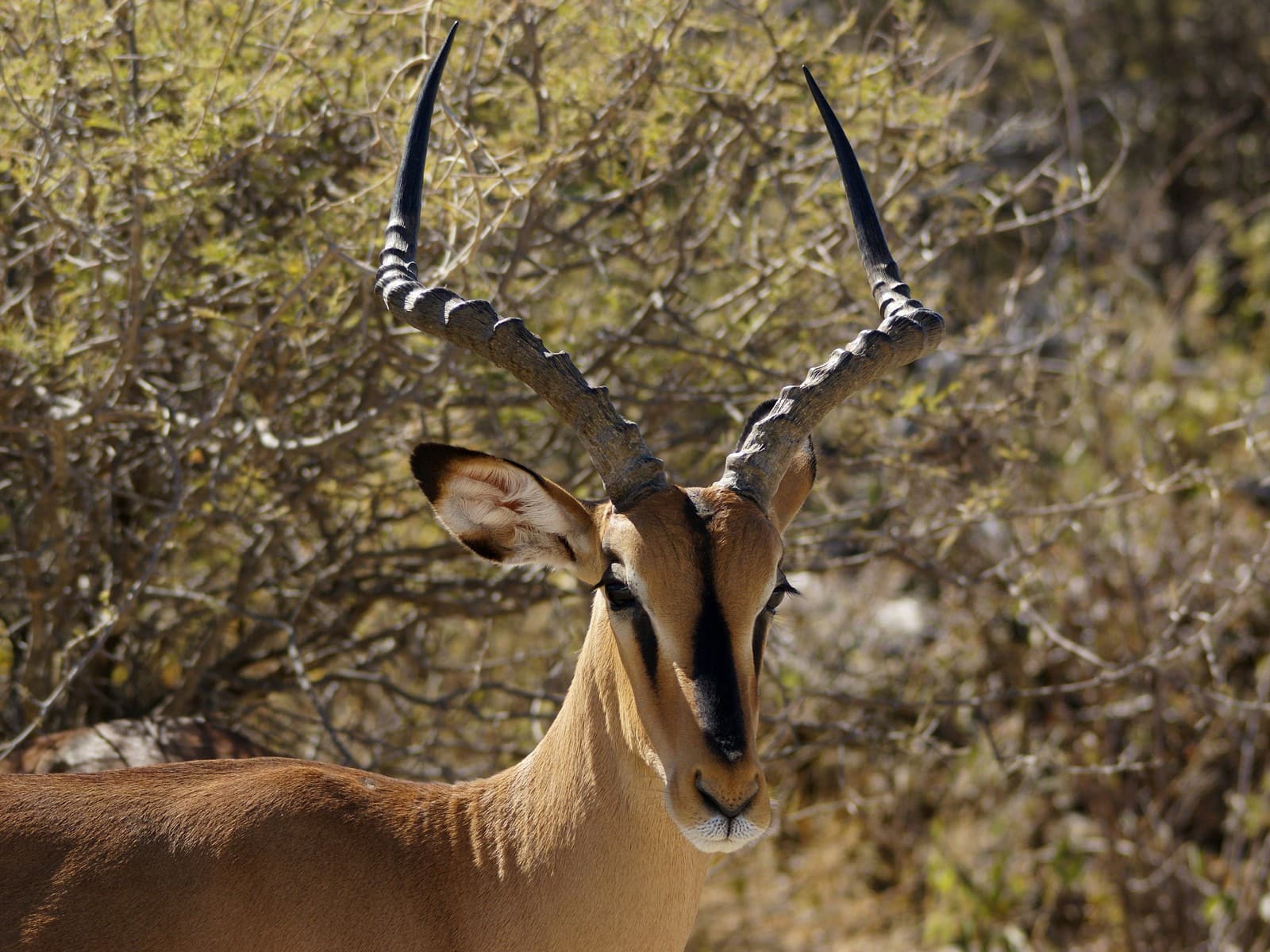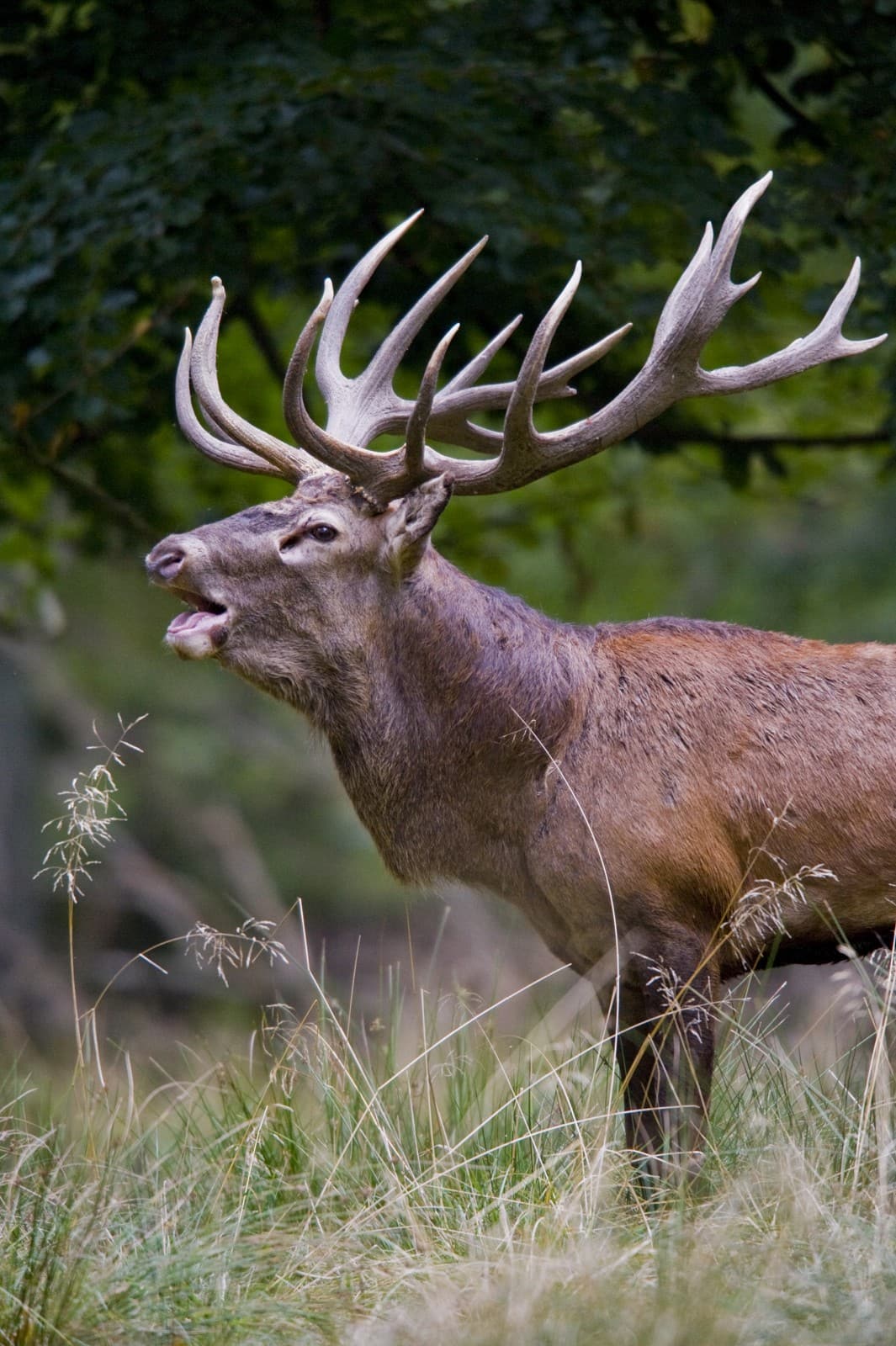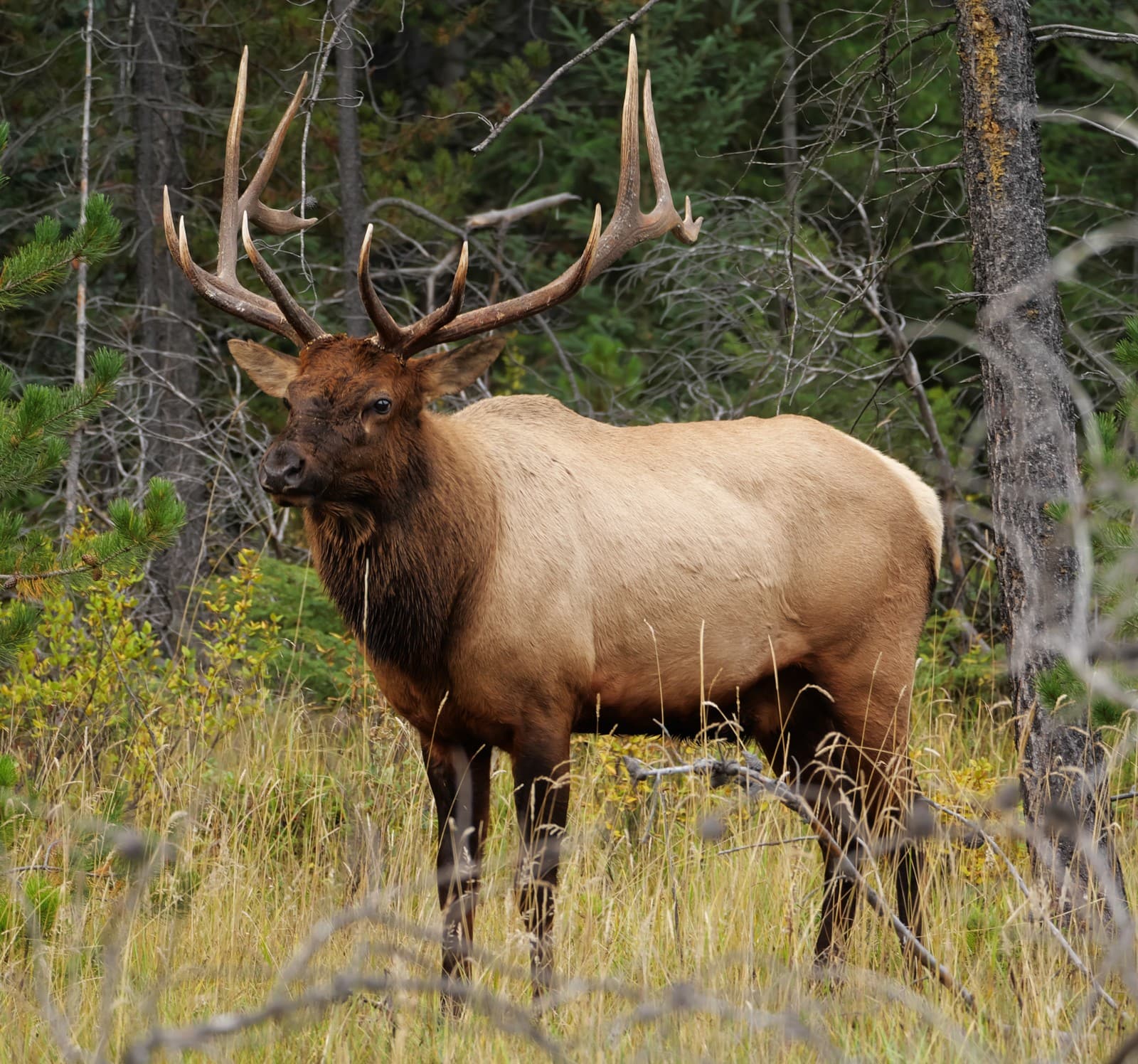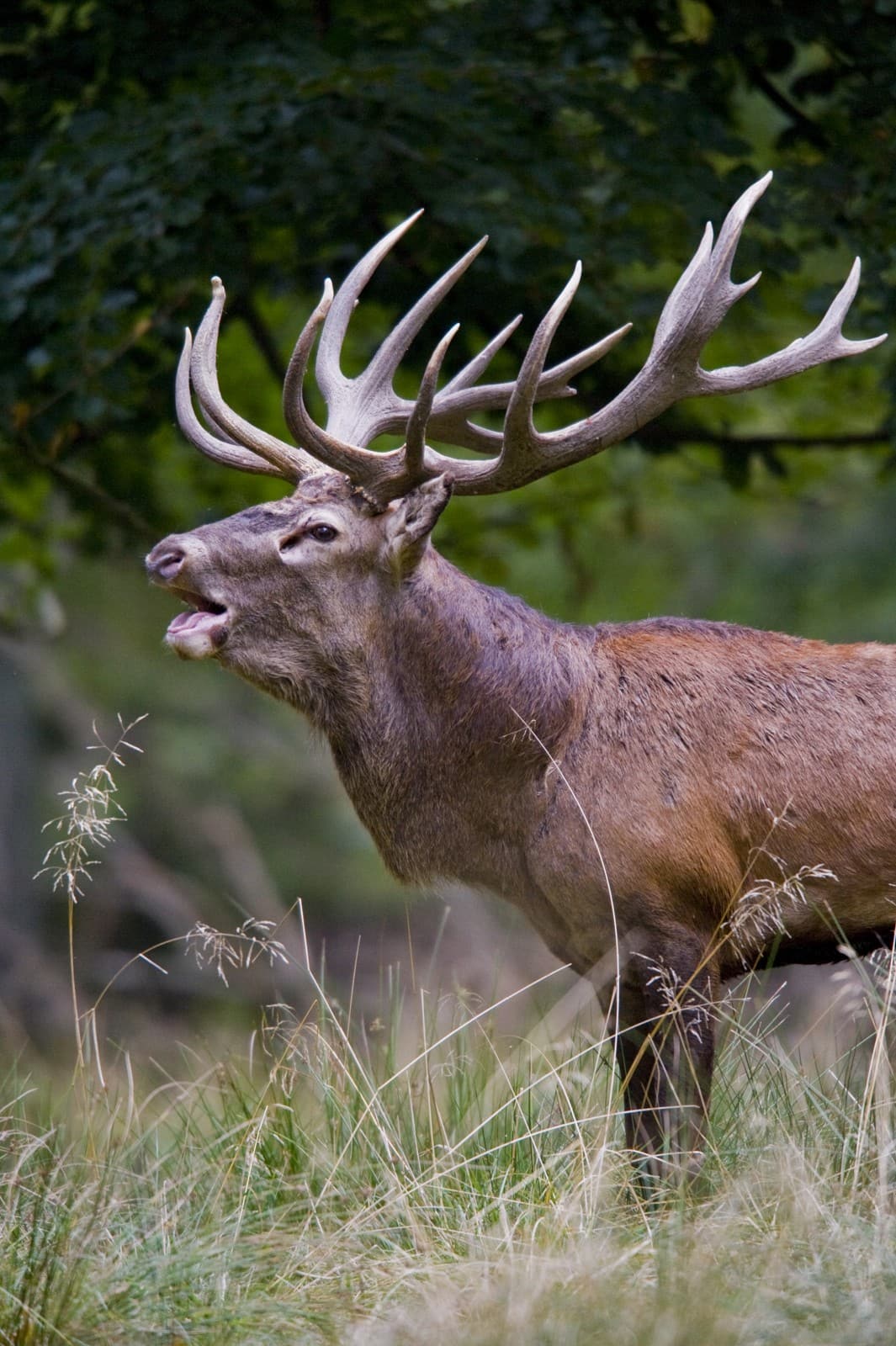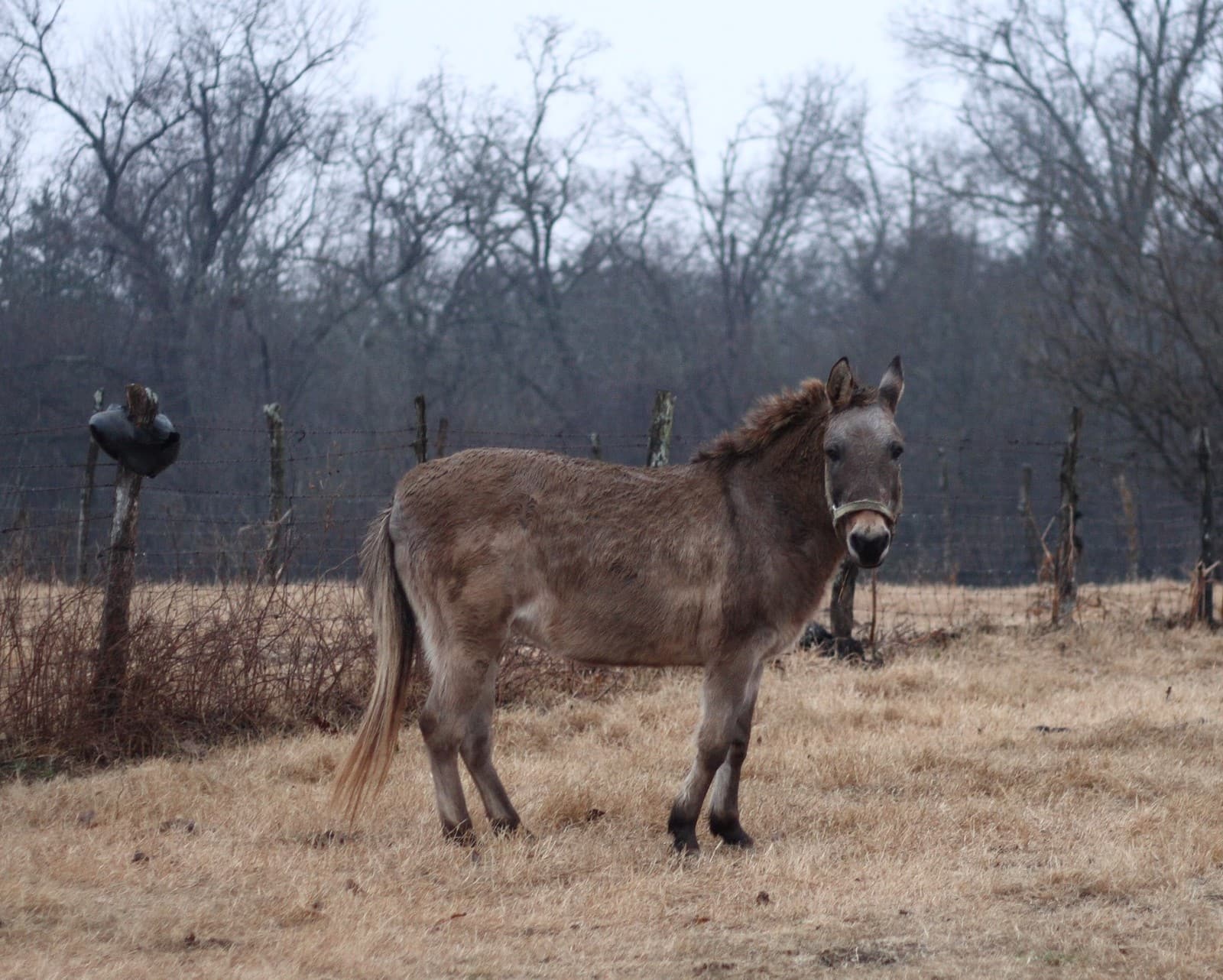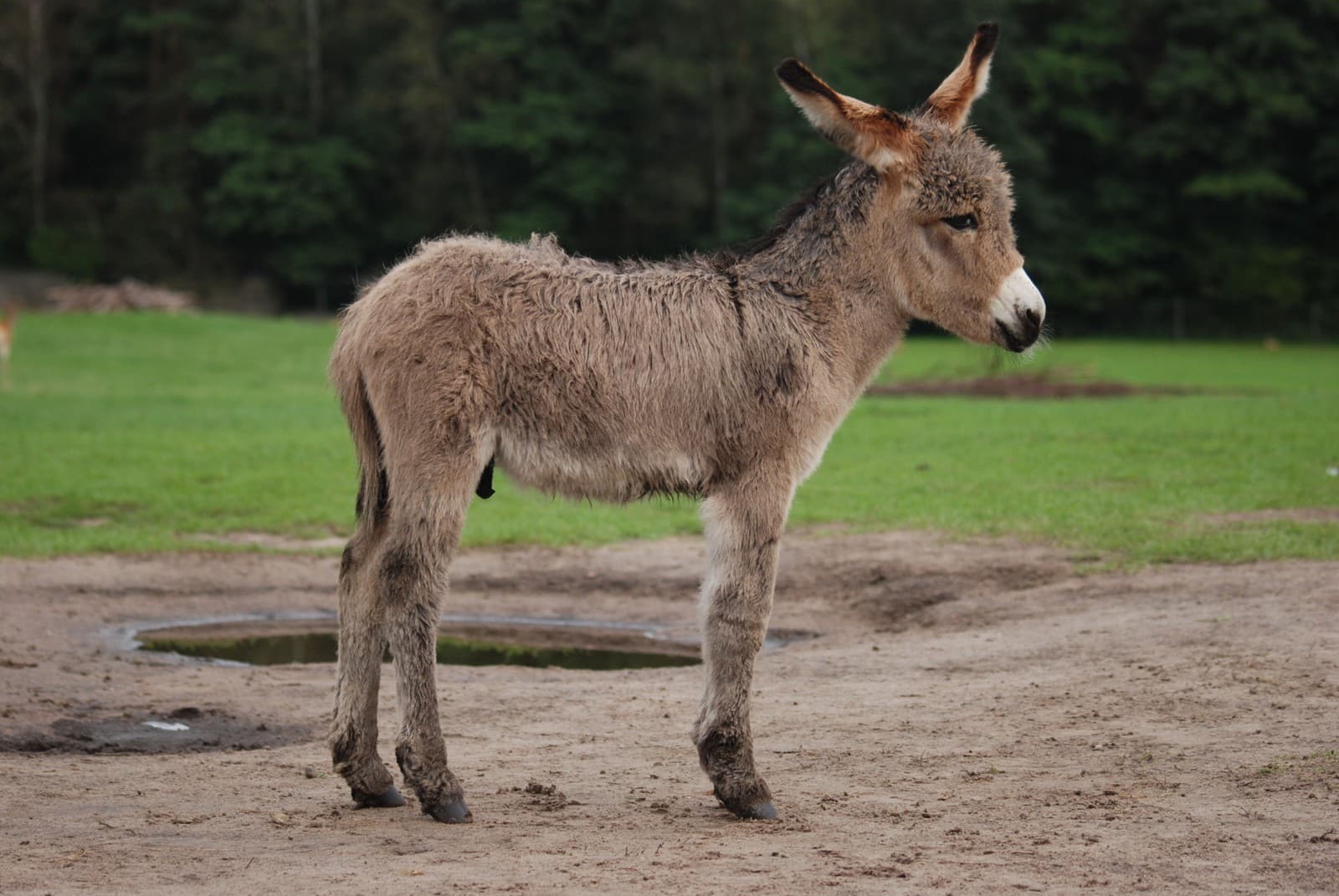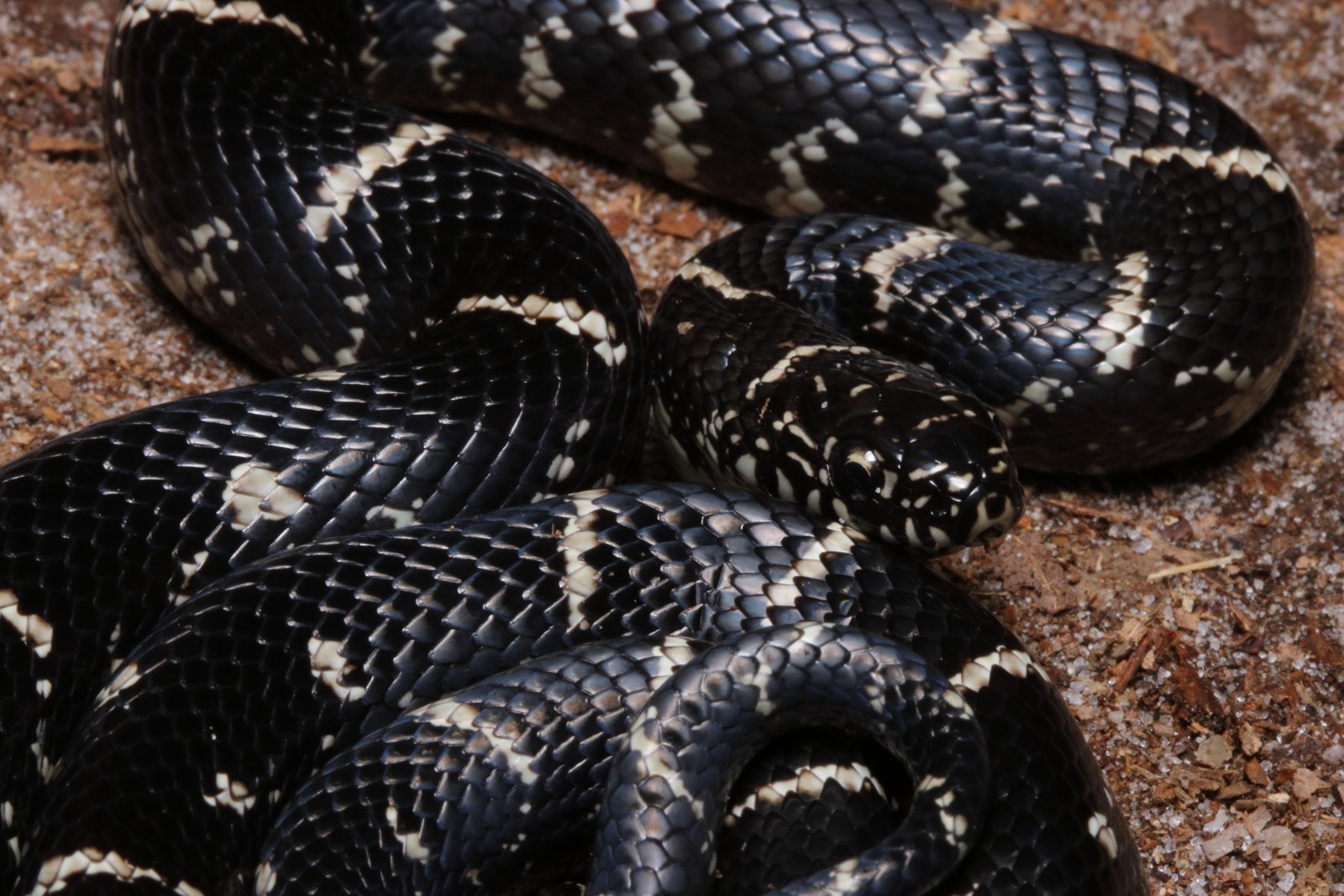Gazelle vs Antelope: A Complete Comparison
In the world of hoofed mammals, the gazelle vs antelope comparison often creates confusion. While gazelles are actually a subset of antelopes, these graceful creatures have distinct characteristics that set them apart. Gazelles are typically smaller, reaching heights of 20-43 inches (51-109 cm), while other antelope species can grow up to 72 inches (183 cm) tall at the shoulder.
Understanding the difference between gazelles and antelopes helps reveal the remarkable diversity within the Bovidae family. Gazelles are specialized for life in open plains, featuring distinctive traits like ringed horns and facial markings, while other antelopes display a wider range of adaptations across various habitats.

© de:Benutzer:Frank Dickert / CC BY-SA 3.0
The Thomson’s Gazelle exemplifies the classic gazelle build - lightweight, agile, and built for speed with its distinctive horns and marking pattern typical of the Gazella genus.

© Mr Raja Purohit / CC BY-SA 2.5
Blackbuck antelopes demonstrate the broader diversity of the antelope family, with dramatic sexual dimorphism and specialized horn structures not typically seen in gazelles.
Key Differences: Gazelle vs Antelope
| Feature | Gazelle | Antelope |
|---|---|---|
| Size | 20-43 inches (51-109 cm) tall | 24-72 inches (61-183 cm) tall |
| Weight | 26-165 lbs (12-75 kg) | 22-2,200 lbs (10-1,000 kg) |
| Speed | Up to 60 mph (97 km/h) | 20-50 mph (32-80 km/h) depending on species |
| Horns | Both sexes have ringed horns | Varies by species; some females hornless |
| Habitat | Open plains and savannas | Diverse: forests, mountains, deserts |
| Distribution | Primarily Africa and Asia | Africa, Asia, parts of Europe |
Speed and Agility Comparison
Gazelles are renowned for their exceptional speed and unique jumping behavior called “pronking.” They can reach speeds of up to 60 mph (97 km/h) and maintain high speeds for longer periods compared to most other antelopes. Their lightweight build and specialized leg muscles make them among the most agile of all antelope species.
Larger antelopes like the Eland, while powerful, typically reach maximum speeds of only 25-35 mph (40-56 km/h). However, some medium-sized antelopes like the Impala can match gazelles in short bursts, reaching speeds of 55 mph (89 km/h).
Habitat and Distribution
Gazelles have evolved specifically for life in open grasslands and semi-desert environments. Their compact size and excellent vision make them well-adapted to spotting predators across vast plains. Most gazelle species are found in Africa, with some populations in Asia.
Other antelope species show remarkable habitat diversity:
- Forest antelopes like the Bongo inhabit dense rainforests
- Mountain antelopes such as the Chamois live in alpine regions
- Desert specialists like the Addax survive in extreme arid conditions
- Wetland antelopes including the Sitatunga thrive in swamps
Survival Adaptations
Gazelle Specializations
- Pronounced “stotting” behavior to signal fitness to predators
- Enhanced endurance running capabilities
- Specialized digestive system for dry vegetation
- Counter-shaded coloration for camouflage
General Antelope Adaptations
- Wide variety of horn shapes and sizes
- Diverse feeding strategies
- Range of body sizes for different niches
- Various social structures from solitary to large herds
Who Would Win: Gazelle vs Antelope Combat Analysis
In direct confrontations, size typically determines the outcome. While gazelles are swift and agile, larger antelopes like the Eland or Kudu would dominate any physical contest due to their superior size and strength. However, gazelles’ superior speed and agility make them more successful at evading predators, giving them higher survival rates in their natural habitat.
Combat statistics:
- Average gazelle horn length: 10-15 inches (25-38 cm)
- Larger antelope horn length: up to 47 inches (120 cm)
- Gazelle impact force: 150-200 lbs (68-91 kg)
- Large antelope impact force: 500-1,000 lbs (227-454 kg)
This analysis demonstrates that while gazelles excel in speed and endurance, other antelopes have evolved different survival strategies based on their size and habitat preferences.


